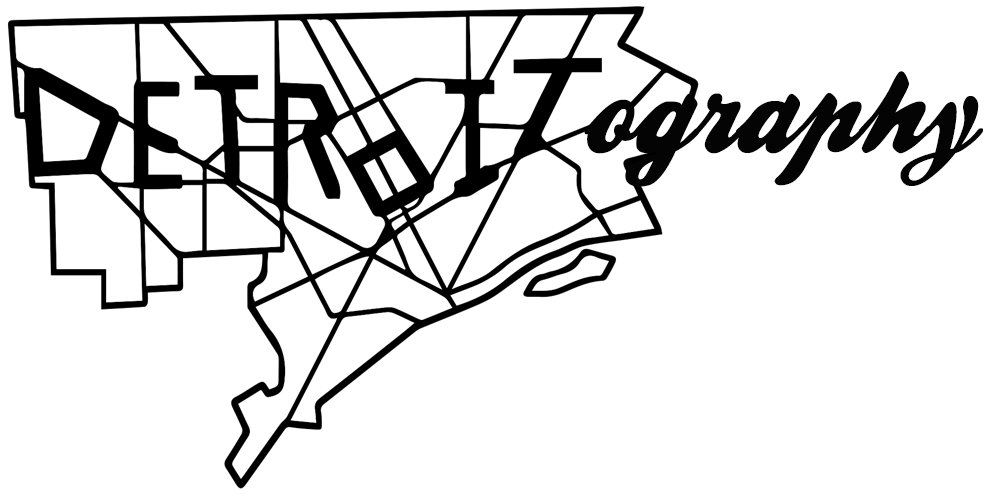Detroit in 1796 was little more than a series of ribbon farms between the Detroit River and the woods, adjacent to Fort Detroit. The city has recently passed an urban agriculture ordinance to allow urban community and personal gardens. Is Detroit getting back to its roots?
The size of ribbon farms can vary from lot to lot and from place to place. In Illinois, these lots could be a quarter mile or more long and only 30–40 feet wide. Near Detroit, the ribbon farms were about 250 feet wide and up to three miles long.
Farmers of ribbon farms typically, although not universally, built houses on the farm along the river such that the houses on a series of ribbon farms were located near each other.
The French government initially enticed its citizens to move to the “New World” by offering free farmland in 1765. In the year of this map, 1796, Detroit passed into US control under the Jay Treaty.
War gardens were a major facet of life in Detroit during World War II. Mayor Coleman launched the Farm-a-Lot program to 1970s and the Boggs Center launched Gardening Angels in the 1980s to repurpose vacant lots. Now there are a host of gardening programs and organizations continuing the work of the Boggs Center and Coleman with others attempting to create an industrialized farming system in the city’s empty spaces. Farming, gardening, and growing have never been far off from Detroit’s roots regardless of the machinery produced in the city known for its motorized might.


Part of my ancestrial family (the Campeau/Campau Family) were Ribbon Farm occupants on the United States side along the Detroit River as early as 1796. Where can I find more specific information about these Farms? I would like to have a list of the lots and who occupied each of these lots during that period of time. Can you refer me to a book that might contain this information?
Catherine:
When I was a child I lived on St. Louis in Riverside, Ontario, CA. Our house was between Riverside Drive and Wyandotte. My parent’s had a friend, Blanche Campeau, who lived in a lovely historic colonial at the end of the street, on the river. I assume the land was probably an original Campeau holding. My mother played golf with Blanche at Beech Grove.
I know this doesn’t help much, but I remember Blanche Campeau from the late 1940’s. She was a lovely lady.
Pingback: Made in Detroit | AiDaIa - Gardening
Pingback: Detroit’s Creative Enterprises Engage With Miles of Vacant Land | PATRICK SISSON